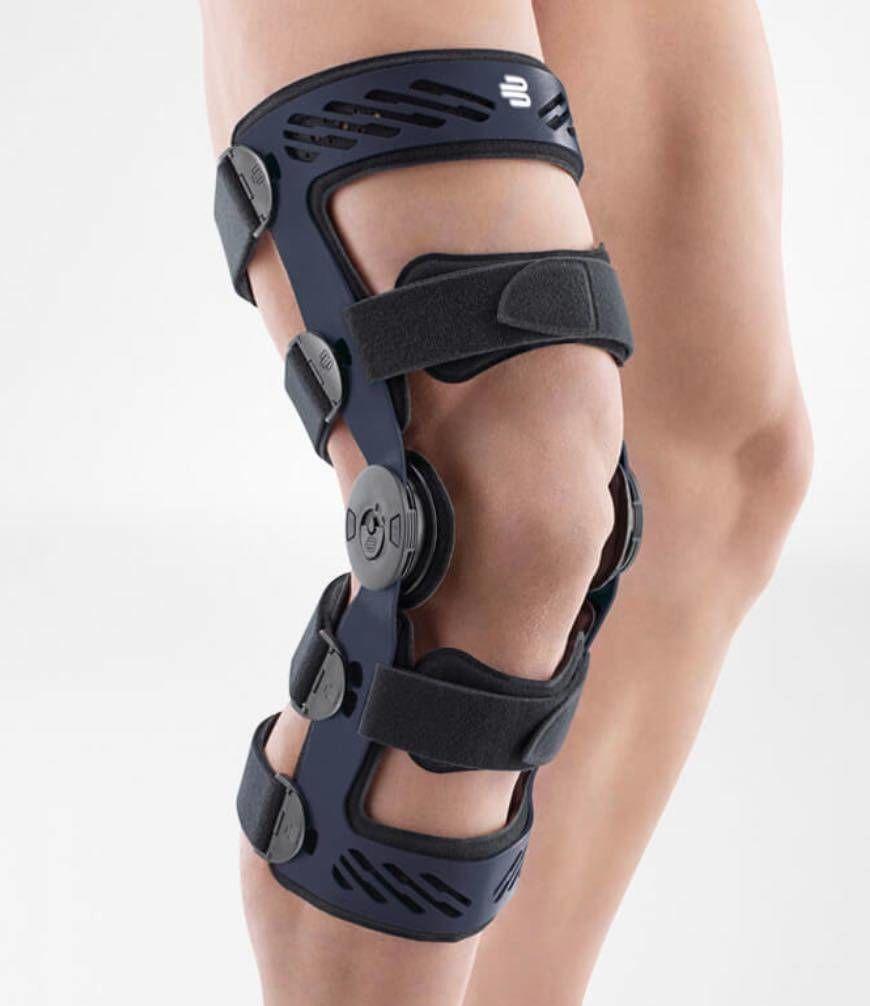Rigid knee braces are orthopedic devices used to provide support to injured or weakened knees. They are made of rigid plastic or metal and are designed to limit knee movement to promote healing. Common uses include preventing reinjury after surgery or injury by limiting flexion and extension.
The global rigid knee braces market is estimated to be valued at US$ 991.4 Mn in 2023 and is expected to exhibit a CAGR of 6.6% over the forecast period 2023 to 2030, as highlighted in a new report published by Coherent Market Insights.
Market Dynamics:
One of the key drivers for the rigid knee braces market is the rising prevalence of knee injuries. Knee injuries are commonly caused by sports accidents, falls, or occupational hazards. According to data by the Centers for Disease Control and Prevention (CDC), over 250,000 knee reconstruction surgeries are performed annually in the US. Rigid knee braces are frequently recommended post-surgery to aid recovery and rehabilitation. They provide compression and support to the injured knee which limits movement and prevents reinjury during healing.
Another driver for the rigid knee braces market growth is the growing geriatric population worldwide. Older adults are more prone to arthritis and knee injuries due to age-related wear and tear of cartilage. Advanced age also increases the risks of fall-related injuries. As per UN statistics, the population aged 65 years and above is projected to reach 1.5 billion by 2050 from 727 million in 2020. The rising senior demographic will continue to drive demand for orthopedic support devices like rigid knee braces in the coming years.
SWOT Analysis
Strength: Rigid knee braces provide excellent support to ligaments and muscles surrounding the knee. The rigid material helps restrict unwanted knee movement. Support is provided throughout the range of motion for secure joint protection.
Weakness: Rigid knee braces may not be suitable for all activities as they restrict flexibility more than other brace types. Some patients find them less comfortable to wear compared to soft knee sleeves.
Opportunity: Growing geriatric population suffering from osteoarthritis and other knee issues raises demand. Increasing sports and workout participation leads to more knee injuries treated with rigid braces.
Threats: Alternative treatment options like injections, physical therapy, or surgery replace the need for some brace users. Soft knee braces gaining popularity due to better flexibility and comfort.
Key Takeaways
The global rigid knee braces market size is expected to witness high growth over the forecast period of 2023 to 2030. The global rigid knee braces market is estimated to be valued at US$ 991.4 Mn in 2023 and is expected to exhibit a CAGR of 6.6% over the forecast period 2023 to 2030.
Regional analysis shows that North America currently dominates the market owing to awareness and athleticism. Europe follows in second position with a focus on innovative product development. Asia Pacific is expected to grow at the fastest rate due to increasing healthcare expenditure and urbanization in nations like China and India. Asia Pacific is poised to grow at the fastest rate during the forecast period. Developing economies are witnessing increased healthcare spending and more common knee injuries in highly populated nations such as China and India.
Key players:
Key players operating in the rigid knee braces market are Mueller Sports Medicine, Inc., DJO Global, LLC, ACE Brand, Tynor Orthotics Private Limited, 3M Science, Mava Sports, Bauerfeind AG, Breg, Inc., Ossur, Thuasne USA, Zimmer Biomet, Kao Chen Enterprise Co., Ltd, Össur, Orthosys, Bauerfeind USA Inc., Orliman S.L.U., Steeper Inc., Beagle Orthopedic, Essity Medical Solutions, Bird & Cronin, LLC, Ottobock, Trulife, DeRoyal Industries, Inc., and Remington Medical Equipment.
Get more insights on this topic: https://www.newsstatix.com/rigid-knee-braces-market-industry-insights-trendsrigid-knee-braces-market-2023-2030/
